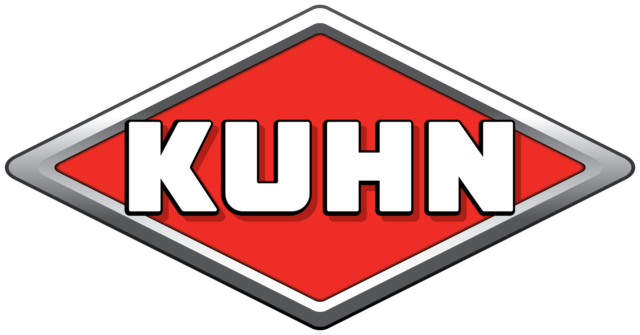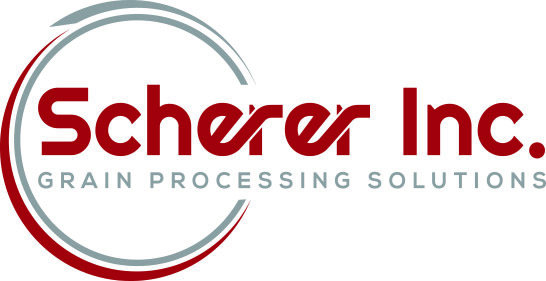Most current-production tractors have the tachometer marked for the engine speed that will provide the 540-rpm or 1,000-rpm speeds for the PTO. The PTO speed is independent of the ground speed of the tractor.
PTO-powered machinery needs to operate at the specified speed to operate as designed, with rare exceptions.
Generally, the slower an engine will run to provide the needed power to perform a task, the more economical it is to operate. Fuel consumption per brake horsepower hour (BHPH) is the term the engineers use. Fuel consumption per horsepower hour is lowest when moving something at the maximum of the tractor’s power to move.
Since most of a tractor’s lifespan is not at maxed-out duties, this measure of fuel consumption may not apply to real farm use. Engines are run on dynamometers to see and record the torque and horsepower possible at the full range of the engine’s operating speed. It should be obvious: If 50 horsepower is needed to perform a task (not needing the PTO speed), the machine or vehicle will use more fuel if it is operated at the engine speed (rpm) needed to generate 300 horsepower.
The tachometer on most equipment will show a color-coded range of operating speed. Green is the happy spot. Yellow or orange, either below or above the green, is the “not a good idea” area. Red, usually above the yellow or orange, is the “we’re going to have issues” area.
Let’s look at a little history here. In 1966, heavy truck engines “red lined” or “tached out” at 2,100 rpm. Most had a preferred operating range of about 300 rpm, so the plan driving was to run the engine up to 2,100, then upshift, hopefully getting it into the next gear with the engine speed close to 1,800 rpm.
Heading uphill and losing speed, the downshift would be made around 1,900 rpm, allowing some engine speed loss for the time it took to make the shift, and still being back under power right at the 2,100-rpm range. If this generation of engines were operated slower than the recommended 1,800- to 2,100-rpm range at full power, both the coolant temperatures and the internal combustion temperatures would rise to the point of causing catastrophic engine failure.
In 1966, Mack introduced the Maxidyne series of engines; 2,100 was still the governed rpm, but these engines would pull down to 1,200 rpm before they needed to be downshifted. With altered camshaft and fuel injection timing, these engines were as happy at 1,200 rpm as at 2,100. This lowered the average engine speed and showed a very noticeable increase in fuel mileage.
The original 237-horsepower engine would outpull an equally loaded 318-horsepower competitor’s engines on hills on the highway. The Maxidyne had close to twice the torque.
Current highway heavy diesel engines like to cruise at 1,200 to 1,450 rpm and are governed as low as 1,800 rpm.
The time once was that the sound of the exhaust told the operator how hard the tractor was working. You could tell when your neighbor hit the heavy clay spot in his field when discing with his two-cylinder John Deere tractor. The throttle set the engine speed, and the springs in the linkage opened the throttle to maintain it.
The classic “pop pop pop pop pop” of the exhaust would change to “pop pop pop pop pop pop pop pop, pow pow pow pow pow” and then subside to normal as the clay spot was passed.
A good operator could read the field and sense the power of the tractor and never get stuck or kill the engine.
As the computer has become more or less domesticated, farm and highway equipment has changed. Emissions and the EPA mandated changes in the way engines run. More and more adjustments and settings are becoming tamper-proof.
The positive to this is: When machinery is operated in the “green” rpm range, it’s supposed to be idiot-proof. The computer now watches the internal temperatures and alters the fuel input and timing to preserve the expensive pieces inside the engine. But just as a GPS works better if the driver looks out the window every now and again, the computerized trucks, tractors and pickups do better when an experienced operator looks at the terrain, soil type and hills ahead, then adds inputs of some brain reckoning.
If whatever you’re pulling through the field is doing what you want it to do, and your engine speed is in the middle third of the green range, you are probably at the rpm where your engine is happy. That will give it the ability to slow when you hit a hard or uphill spot without stressing the engine by being asked to operate at full throttle at too slow an RPM. It will also be running at less than “as fast as it will go” and be conservative on fuel.
The computer can’t see what’s coming and will only react once you’re there. Being a little proactive with speed and gear selections can add to the lifespan of your expensive tractor. ![]()
Brad Nelson is a freelance writer based out of Washington.









